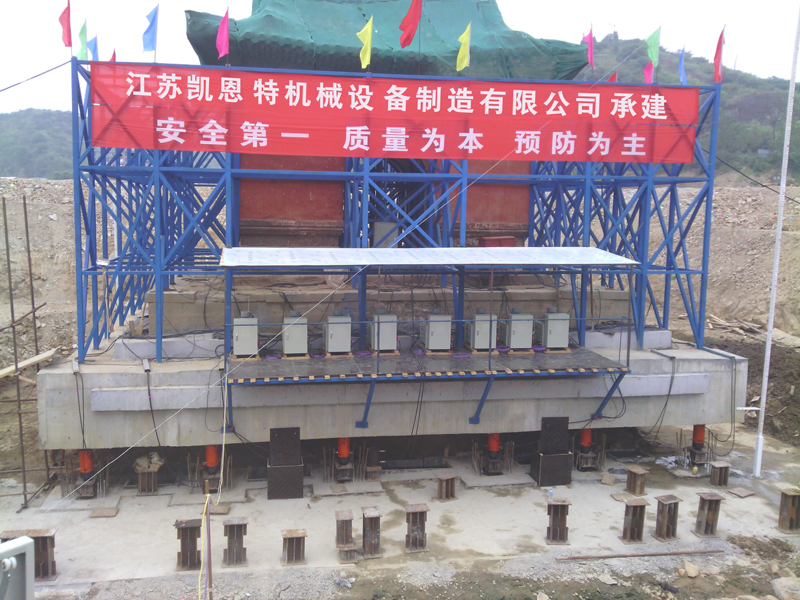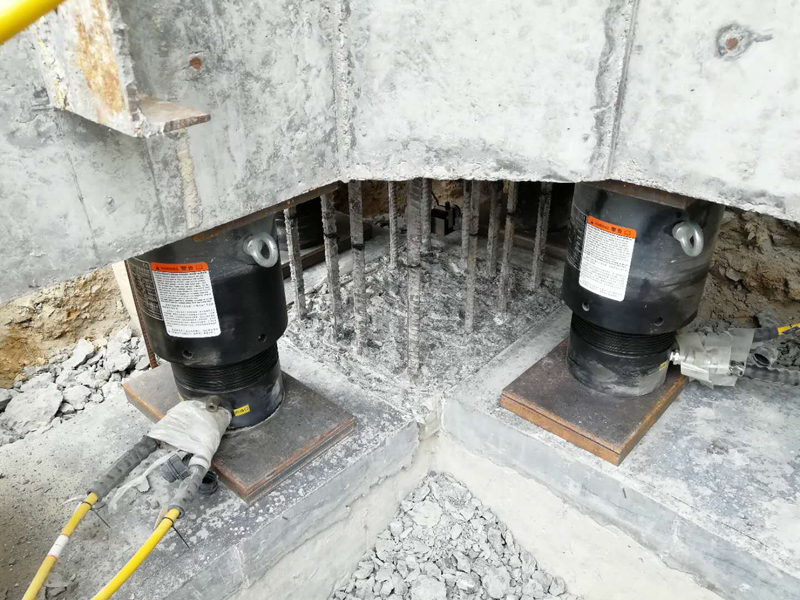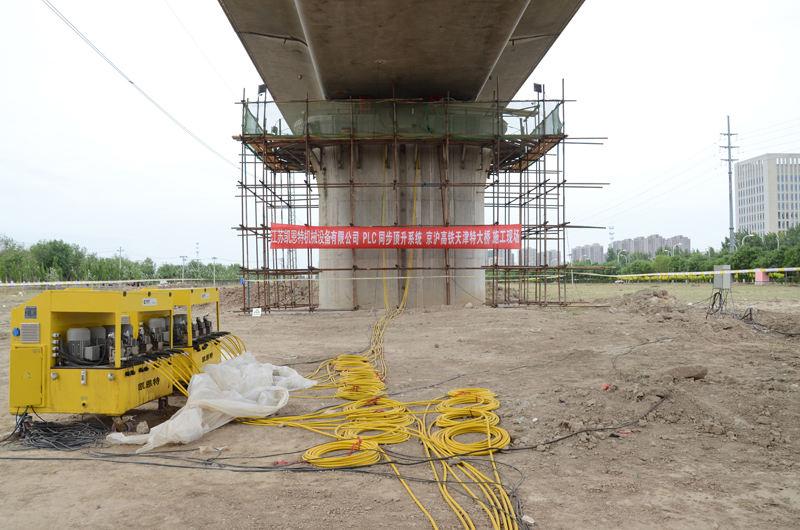Moving project
By the development of urban construction, some buildings have been demolished, causing huge losses, meanwhile building translation technology has solved this problem.
Advantages:
1. Save the construction period (generally translation takes 3 months, demolition and reconstruction takes longer)
2. Save investment (generally only 30%–40% of the cost of demolition and reconstruction)
3. The cultural relics will be kept intact, the impact on the dwellers’ normal living is small, and avoided loss from shutting down commercial areas closure.
4. Reduce the disposal of construction waste and protect the environment
Capability:
1. The highest building in the country currently is 63.2 meters
2. Translation of various types of buildings: climbing and moving, commutation movement, angle movement, oblique movement and other difficult floor translation projects
Adjusting Deviations
When the tilt of the building exceeds the specified limit, it fails to pass the project acceptance, and it must be corrected, which can be summarized into two types: forced landing correction and lifting correction.
Forced Landing Correction:
Through auxiliary settlement measures, the higher point of the building is forced to settle rapidly in a short period of time, which is suitable for soft ground foundations, valve plate foundations, etc.
In recent years, the application of this method for the forced landing correction of the house, has gained a lot of valuable experience, formed a set of processes and construction methods, the technology has been well developed.
Lifting Correction:
Lifting the low points of the building up through the replacement system is a very reliable and precisely controllable method of guiding. Synchronous lifting is the core technology in lifting correction, and dynamic monitoring and control is the key to the success in the lifting project.
The system developed by the company itself is a set of data detection, computer processing, control as one of the automatic lifting system, it can detect the displacement of each control point in an instant, the lifting speed, the lifting pressure, those will be transmitted to the computer, and get analyzed and processed, and then the computer issues instructions to the actuator, so as to achieve full automatic control of the lifting speed, lifting time and the lifting expectations, to achieve the combination of the lifting correction with precision control.
Bridge Lifting
With the development of the transportation industry, the bearing capacity requirements of highway bridges are getting higher, the original bridge will suffer from fatigue, damage, insufficient bearing capacity and other issues after years of use, meanwhile, due to the change of road level, the lifting of water transport capacity, and the increase of the bridge net height requirement, etc., we will often need to lift and strengthen the bridge.
Bridge lifting has a synchronous lifting technology, which requires small difference between each lifting point in the process of lifting, and the synchronization control has to be good.
Bridge reinforcement shares similarities with house reinforcement, but it should also consider the effects of fatigue.
Synchronous lifting is the core technology in lifting correction, and dynamic monitoring and control is the key to the success in the lifting project.
The system developed by the company itself is a set of data detection, computer processing, control as one of the automatic lifting system, it can detect the displacement of each control point in an instant, the lifting speed, the lifting pressure, those will be transmitted to the computer, and get analyzed and processed, and then the computer issues instructions to the actuator, so as to achieve full automatic control of the lifting speed, lifting time and the lifting expectations, to achieve the combination of the lifting correction with precision control.
Post time: May-14-2022



